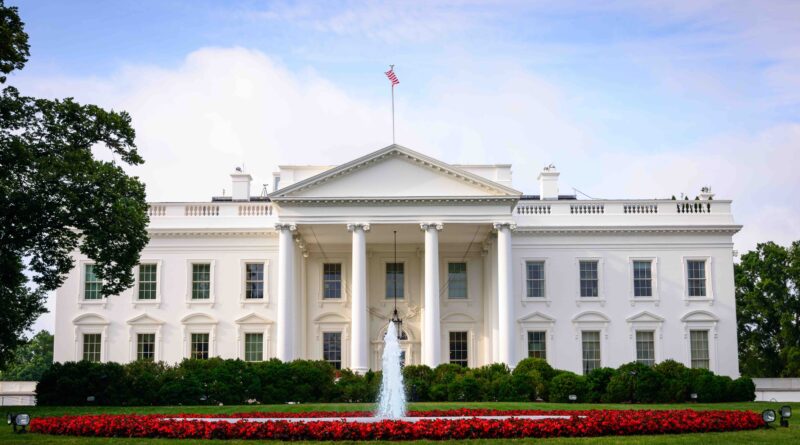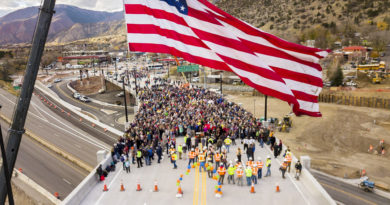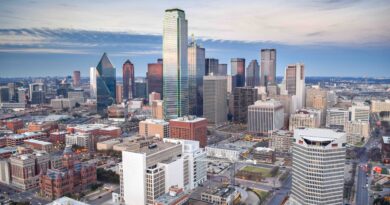Iconic Infrastructure: The John F. Kennedy Bridge
The Robert F. Kennedy Bridge, originally known as the Triborough Bridge, stands as a testament to New York City’s engineering prowess and urban connectivity. Spanning the East River and connecting Manhattan, Queens, and the Bronx, this iconic structure serves not only as a vital transportation link but also as a symbol of historical significance and architectural achievement.
Designed by renowned engineer Robert Moses during the Great Depression era, construction of the bridge began in 1929 and was completed in 1936. Its original purpose was to alleviate traffic congestion and provide better access to the boroughs of New York City. The bridge comprises three separate spans: one connecting Queens to Manhattan, another connecting Manhattan to the Bronx via Randall’s Island, and a third linking Queens to Randall’s Island.
In 2008, the bridge was officially renamed the Robert F. Kennedy Bridge in honor of the late Senator and Attorney General, who had a profound impact on American politics and civil rights during the 1960s. This renaming reflected Kennedy’s advocacy for social justice and his connection to New York City, where he was assassinated in 1968.
Beyond its historical and commemorative significance, the Robert F. Kennedy Bridge is a marvel of engineering. It incorporates intricate steel truss work and spans that stretch over the swirling waters of the East River, supporting a complex network of roads and pathways that carry thousands of vehicles daily. The bridge’s design not only facilitates efficient traffic flow but also offers stunning panoramic views of the Manhattan skyline and the river below, making it a favorite among commuters and tourists alike.
The bridge’s impact extends beyond its physical structure. It has played a crucial role in shaping the economic and social fabric of New York City, facilitating commerce, commuting, and cultural exchange between boroughs. Its presence has also influenced urban development patterns, encouraging growth and connectivity in areas previously isolated from the city center.




